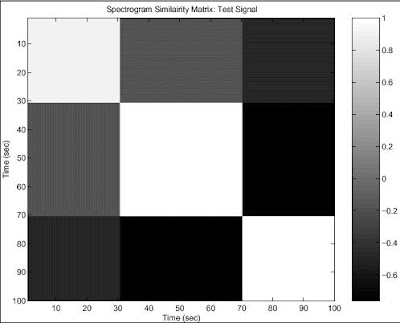
Historical maps are maps that represent an area or region in the way that it was perceived in times past. The above example is a medieval map of not only the perceived world, but the weather and the cosmos as well. The way the world was mapped back then by certain people is valuable evidence in map analysis. The incredible detail in medieval maps made them works of art by the accredited cartographers.















